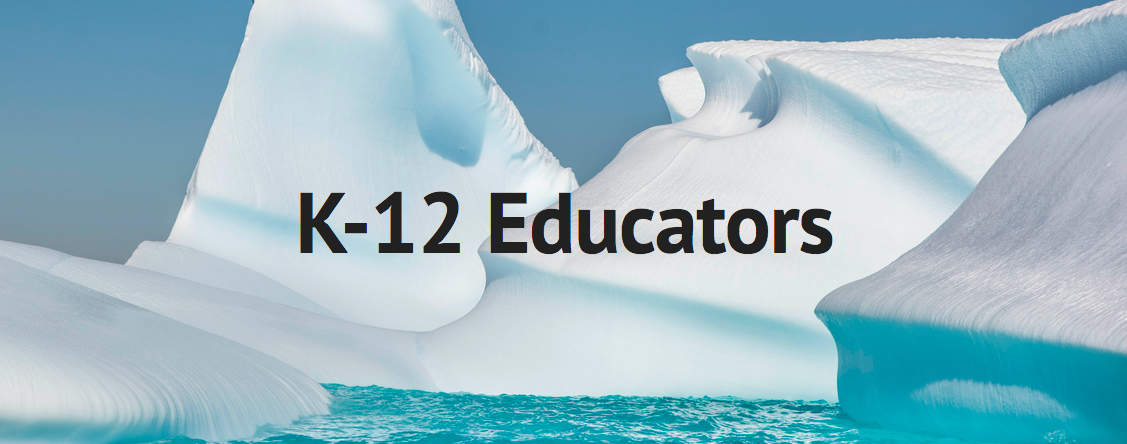
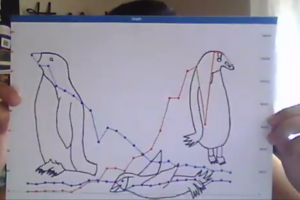
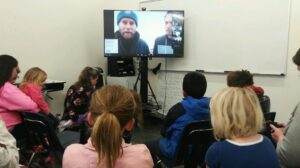
K-12 and Informal Educators – Opportunities and Resources
The PAL LTER education program works collaboratively with schools and other learning organizations to provide educators and students access to polar marine research. We recognize that if our children are going to be the next scientific innovators and responsible citizens, they need more than ever, the scientific skills to gather, and evaluate data, make informed decisions and communicate their ideas to others.
Our materials are developed in collaboration with scientists, graduate students, our education coordinator and our partners. They are designed to engage individuals to work collaboratively, and include strategies to strengthen students’ communication, creativity and critical thinking skills. We offer lessons and activities focused on inquiry learning, ecological principles, biology, data and science- technology-engineering and mathematics (STEM). This growing set of instructional materials build on core competencies, content standards and innovation and are designed to fit flexibly into existing curriculums and elaborate on ecological concepts and processes.
Feel free to use with discretion and modify as you implement. We welcome your feedback!
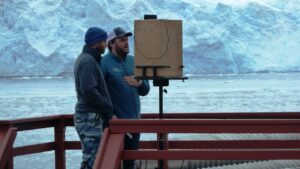
Video Teleconferences (VTCs): Live from Antarctica
Take a virtual field trip to Antarctica! Live Videoteleconferences (VTCs) connect Palmer LTER scientists to your classroom. Find out what it’s like to do research on the ice in conversation with the scientists.
*Please note: Currently, there are no VTCs scheduled for the Winter 2022 season due to construction at Palmer Station.
Since 2016, thousands of students from dozens of schools nationwide have participated. Check out videos of our past VTCs and find out more about how to participate.
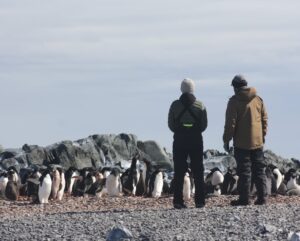
Data to the Rescue: Penguins Need our Help!
What’s happening to penguin populations on the West Antarctic Peninsula? This data-rich program invites youth to join scientists in answering this question by analyzing long-term data sets and learning about the larger ecosystem. Armed with this knowledge and personal connection, students are given a “call to action”: to tell this compelling story to a wider audience using creative expressions like art, poetry, music and more.
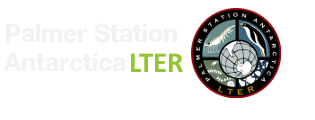
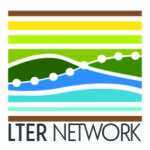
 This site was developed with the support of the National Science Foundation under Grant No. OPP-2224611 and OPP-2026045. Any opinions, findings, and conclusions or recommendations expressed in this material are those of the authors and do not necessarily reflect the views of the National Science Foundation.
This site was developed with the support of the National Science Foundation under Grant No. OPP-2224611 and OPP-2026045. Any opinions, findings, and conclusions or recommendations expressed in this material are those of the authors and do not necessarily reflect the views of the National Science Foundation.